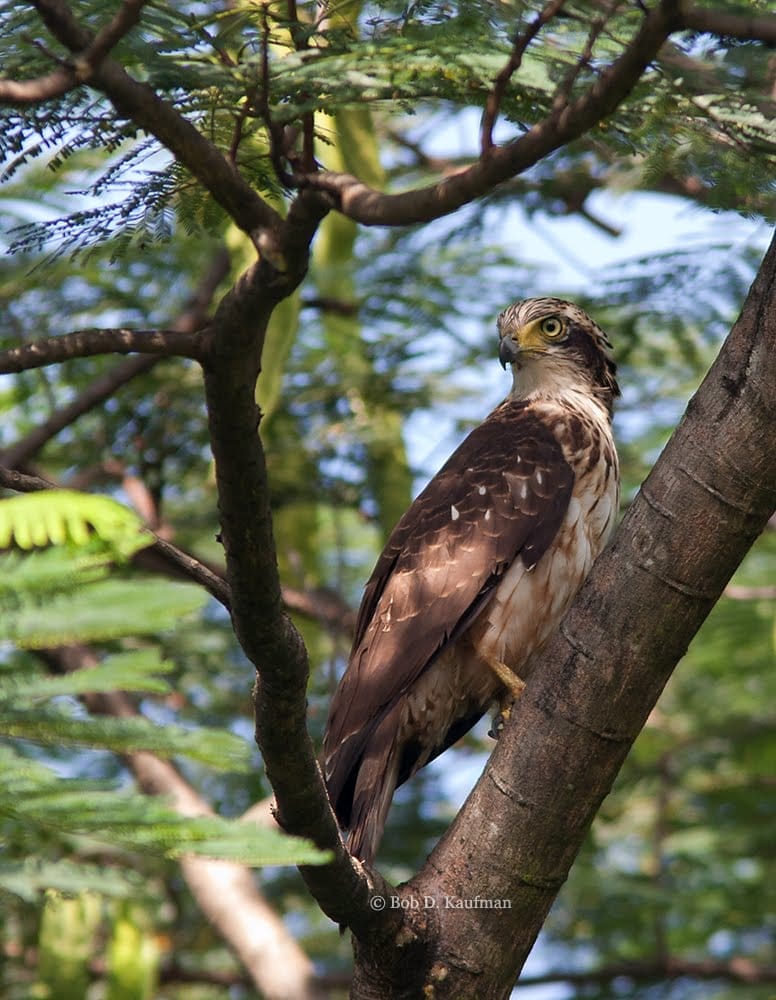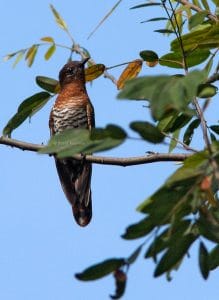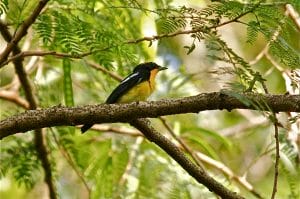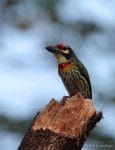BIRDER and bird photographer bob kaufman shares his experiences and thoughts about A UNIQUE birding site in the heart of quezon city
U.P. FOR A SURPRISE?
by Bob Kaufman
Our excitement was palpable. We were crouched behind our camera gears, occasionally engaging in whispered conversations, afraid that the small brown bird before us would take flight and be gone forever. A few meters to our right the construction workers were beginning to stir from their sleep. Some have started cooking their breakfast – and were not being very silent about it.
We were photographing a Ferruginous Flycatcher, a beautiful and uncommon migrant.
 The place was within a makeshift compound where the local laborers stay. We were at the campus of the University of the Philippines (U.P.) in Diliman, Quezon City.
The place was within a makeshift compound where the local laborers stay. We were at the campus of the University of the Philippines (U.P.) in Diliman, Quezon City.
“The campus of the University of the Philippines in Diliman has a total land area of 493 hectares. Much of this property is utilized by the university in the form of building infrastructures and research facilities, while the remaining area is forested, reserved for development and residential use, or unoccupied”. (information taken from Wikipedia.org)
The map of the campus can be found here: http://map.upd.edu.ph/updmap/gmap2.html
The somewhat incongruous locality where we saw the lovely flycatcher affirms the fact that the U.P. campus is indeed a place full of birding surprises.
That wasn’t the only case of an unexpected species suddenly popping up within the U.P. grounds. There was the Red-bellied Pitta behind the Biology building, 
an Oriental Cuckoo near Beta Way,
or the immature Philippine Serpent Eagle behind the Vargas Museum.
A female Violet Cuckoo made a brief appearance at the “Frogs” area.
Lately the newest “star” is the male Narcissus Flycatcher that frequents the trees next to the Main Library. (Photo courtesy of Gabs Buluran)
The discovery of much of these surprises can be attributed to Professor Agerico (Gerry) de Villa. He has been, and continues to be, the driving force for monitoring the birds that occur here. He would ask the security guards and maintenance personnel to look out for unusual birds and to report to him immediately if they see one. Prof. Gerry, who is a member of the Wild Bird Club of the Philippines (WBCP), in turn, would inform the local birders of the presence of such rarities.
The first time I heard about birding at U.P. I was a bit skeptical. Aren’t there lots of people there? For me, lots of people = very few wild birds. And isn’t it very close to an urban area? Again, urban area = very few wild birds.
The first time I birded U.P. I was pleasantly surprised to easily find Pied Trillers, Coppersmith Barbets, Black-naped Orioles, Lowland White-eyes
and even a migrant Blue Rock Thrush!
So what makes U.P. Diliman stand out as a birding site? For one thing it’s the density of trees and vegetation. There are ample swatches of greenery that attracts birds. And there’s always the possibility of getting a surprise bird.
If you live within MetroManila, one big advantage of U.P. Diliman is its proximity. Whereas one had to travel more than a couple of hours to reach the other birding sites in Luzon, U.P. is practically just a hop, skip and jump away.
And who knows, you might find an uncommon species during one of your visits and you too, will probably yell, “yupee!”









